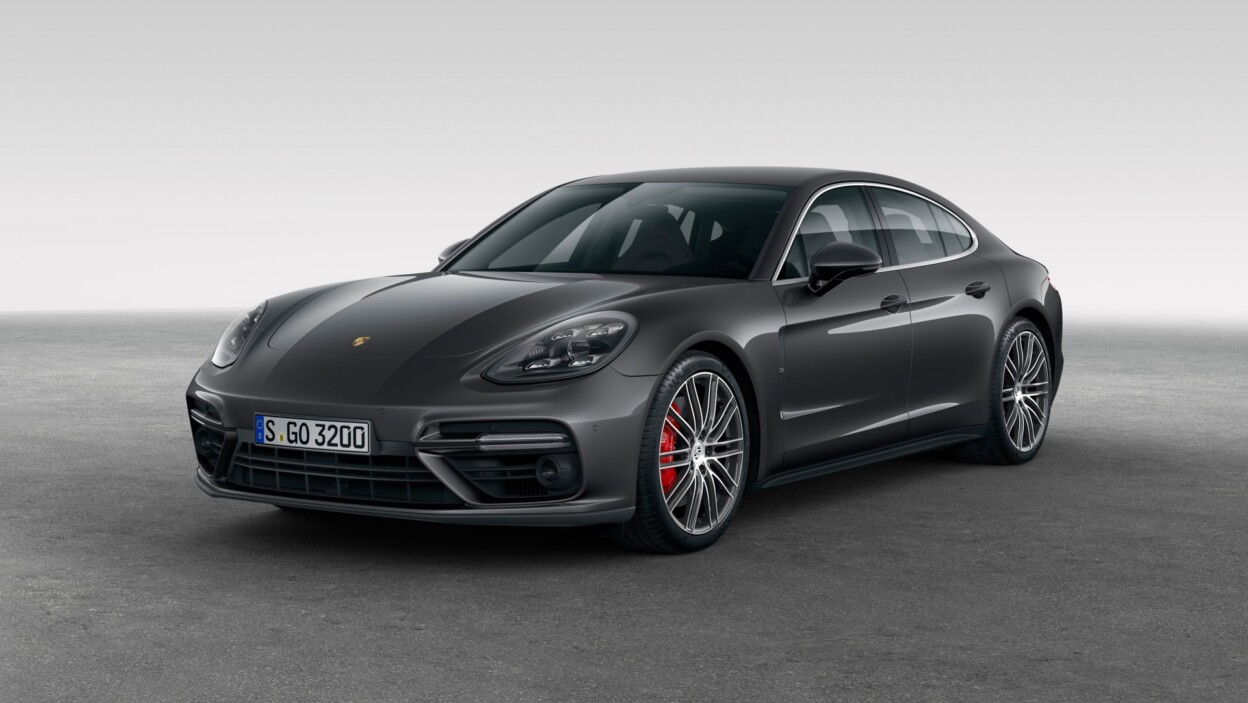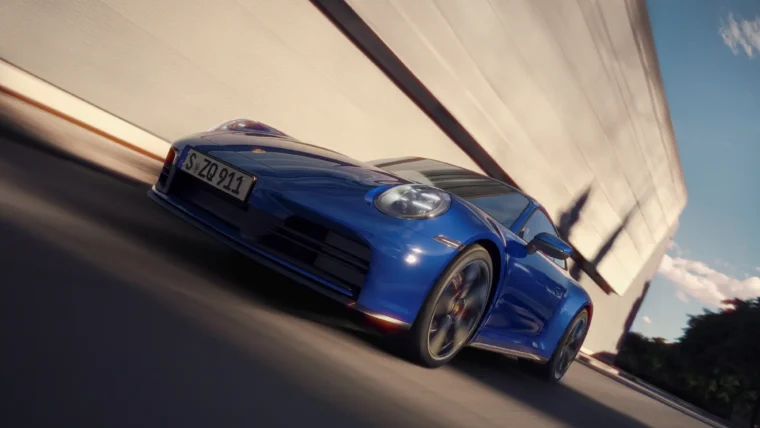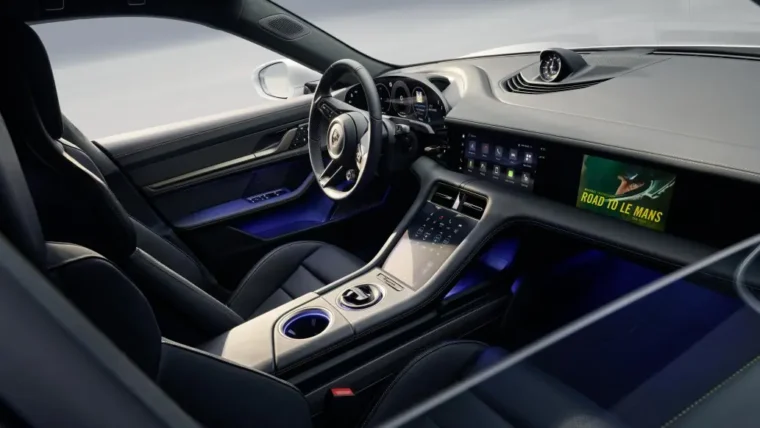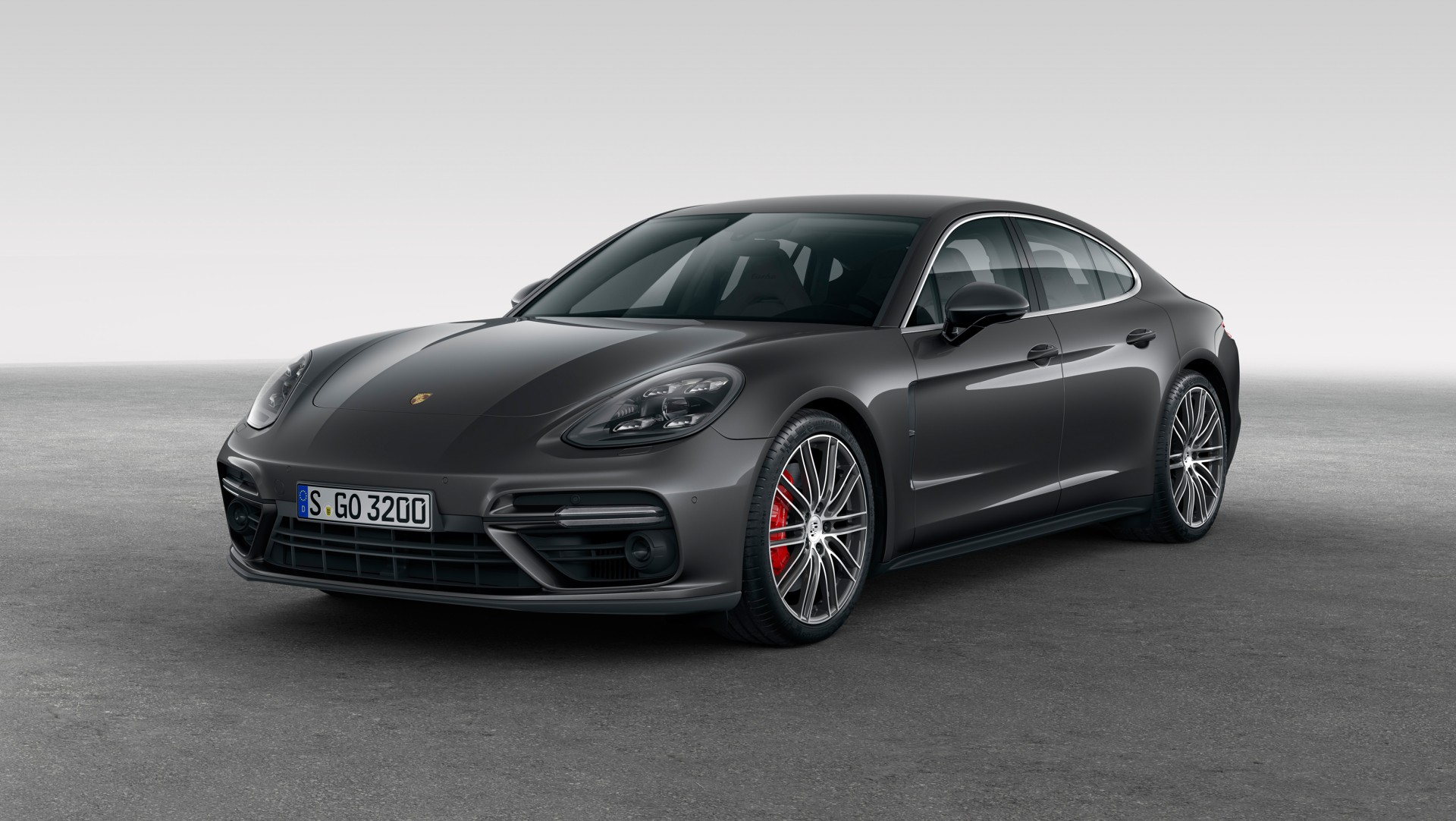
After the initial leak last week, Porsche has pulled the covers off the second generation Panamera, now with re-engineered powertrains and a new platform.
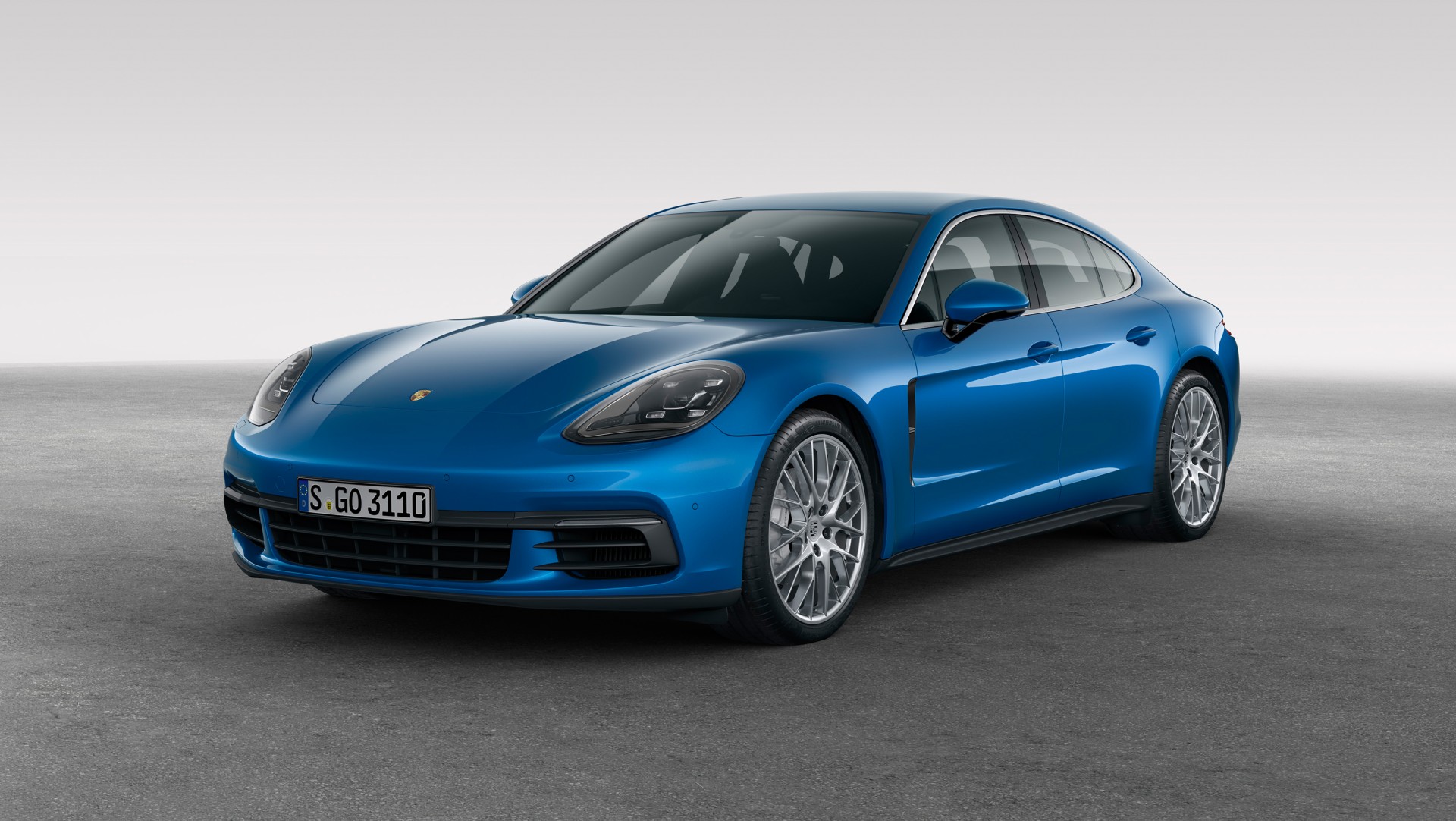
Now sitting on the company’s new MSB platform, the 2016 Porsche Panamera now weighs 90 kilograms lighter than its predecessor. Further weight savings were gained as Porsche used aluminium in the construction of the bonnet, boot, roof and wings. The swollen wheel arches of the new Panamera allows the sports sedan to accommodate large wheels from the 19-inch (4S/4S Diesel), 20-inch (Turbo) and optional 21-inch alloy wheels.
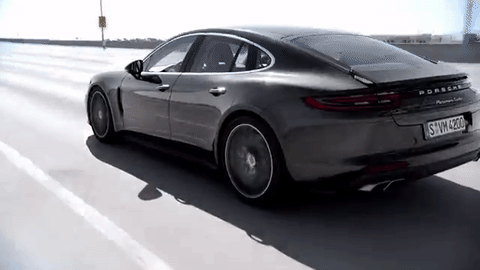
The rear end is emphasized by its 3D LED rear lights with an integrated four-point brake light, which are connected by a narrow LED strip. In addition to that, the 2016 Panamera gets a seamlessly integrated rear wing, which features electric opening and closing as standard. The said electric wing also splits as it extends on the Panamera Turbo. The bottom half of the bumper is a large diffuser, accentuated by a pair of round tail pipes on the Panamera 4S and 4S Diesel, while the Panamera Turbo has trapezoidal tailpipe.
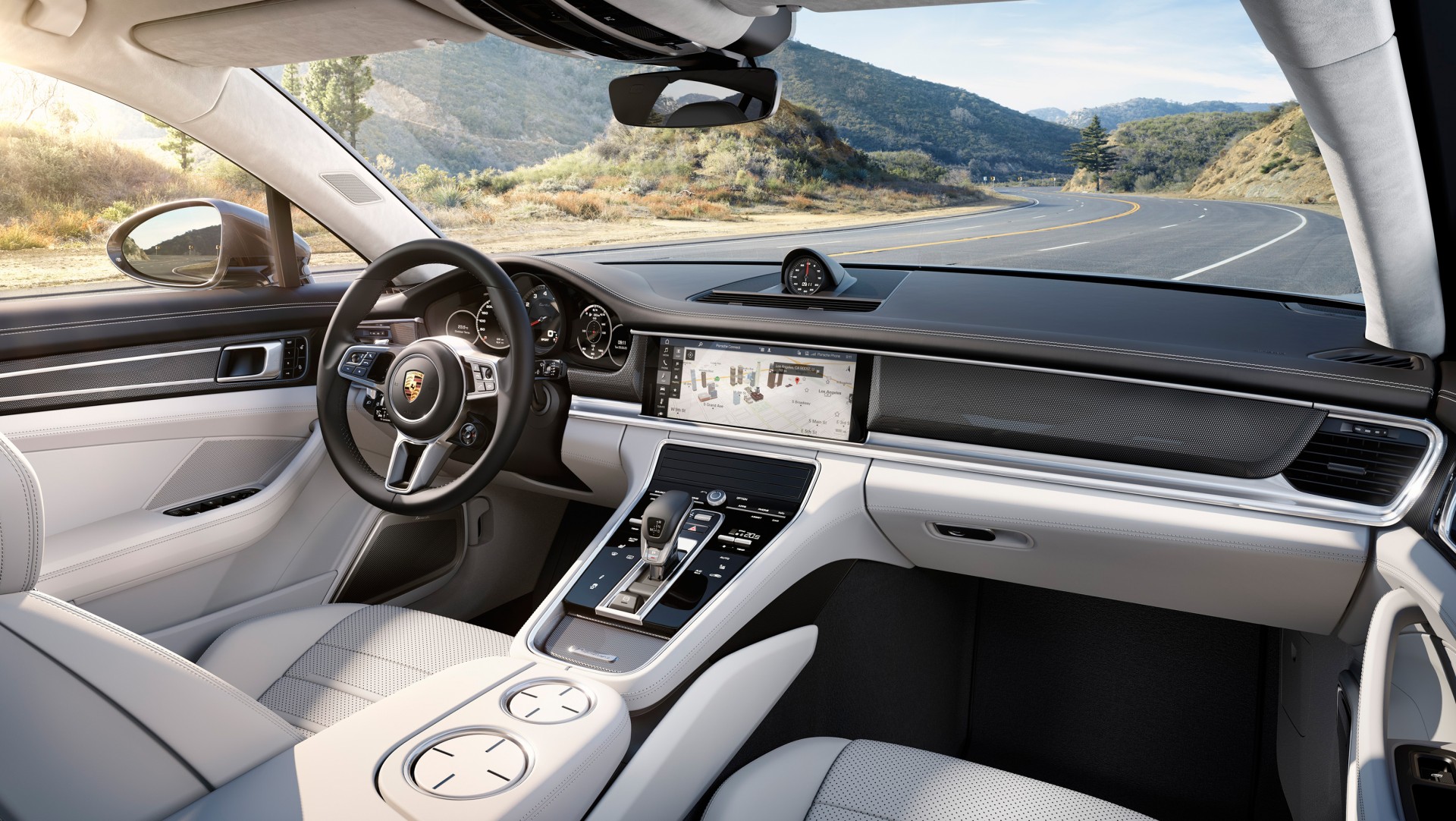
Moving into the cockpit, Porsche has ditched the button-laden interior of the old Panamera. Taking cues from the Porsche 918 Spyder, the new Panamera gets the new Porsche Advanced Cockpit. Drivers will no doubt appreciate the low sitting position, but the key highlight is the dual 7-inch LCD displays that faces the driver directly. The tachometer remains as as analogue piece.
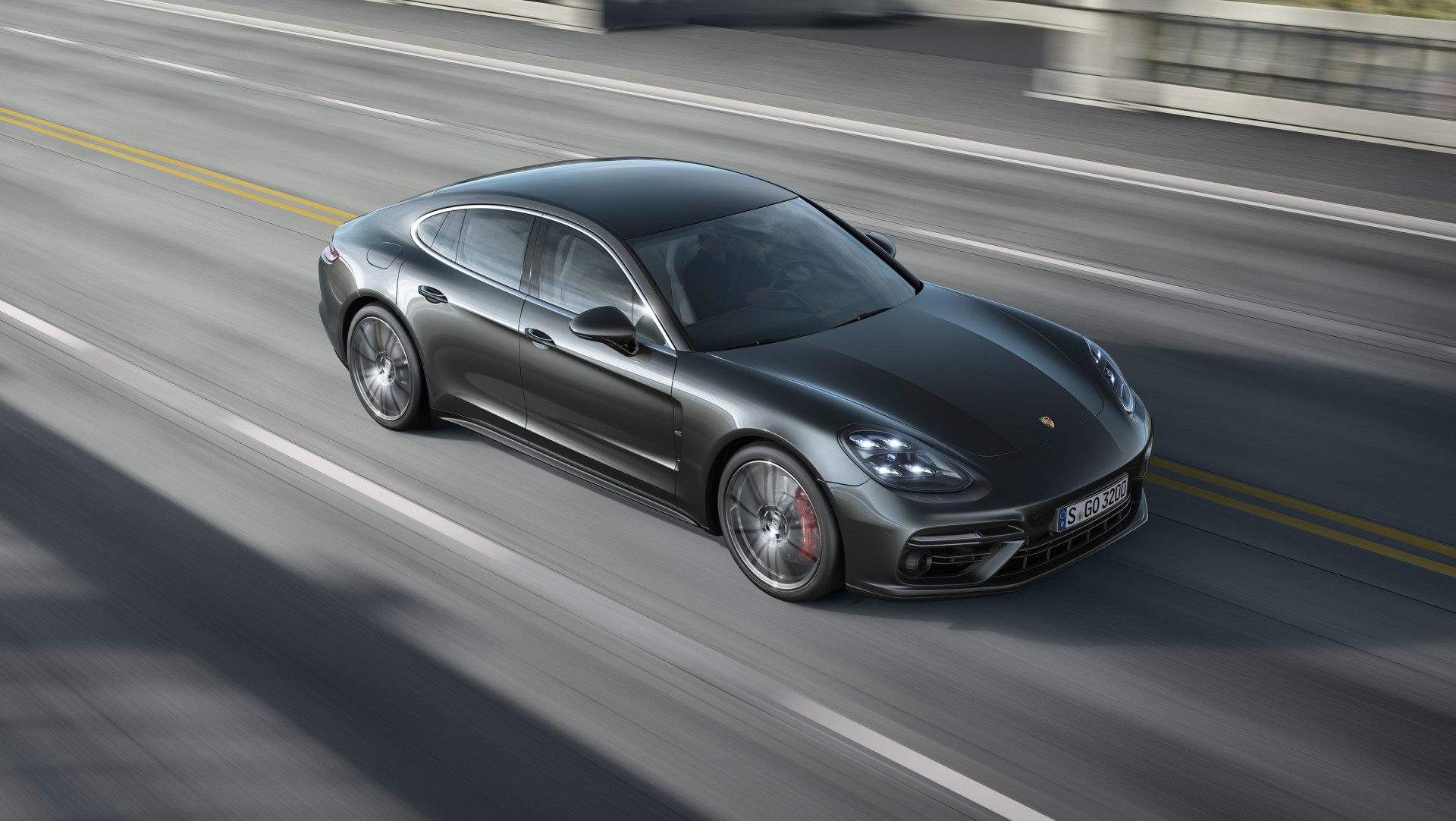
The large gearshift console that sits between the driver and passenger features a large 12.3-inch touchscreen with the company’s Porsche Communication Management (PCM) system, which allows the driver and passenger to set their own preferences. The PCM system integrates online navigation, Porsche Connect, Apple CarPlay and voice input.
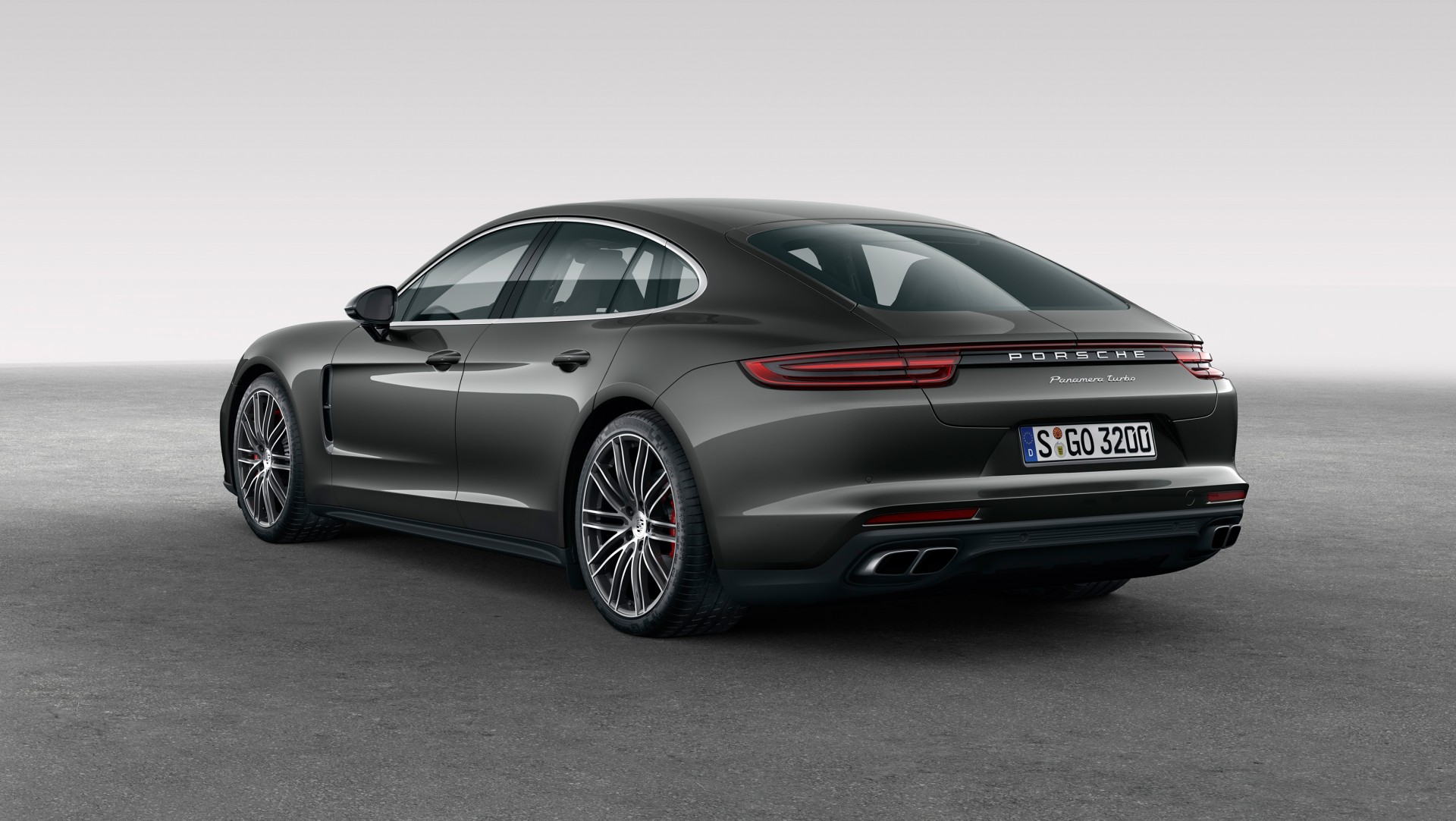
Part of the Porsche Advanced Cockpit is the new Porsche InnoDrive, which includes adaptive cruise control. The system gathers data from its navigation system, and when coupled with the signals from radar and video sensors, it can accelerate and decelerate automatically. Furthermore, gear selection and coasting can be achieved for the next 3 kilometers. The system can also take into account speed limits, inclines and bends.
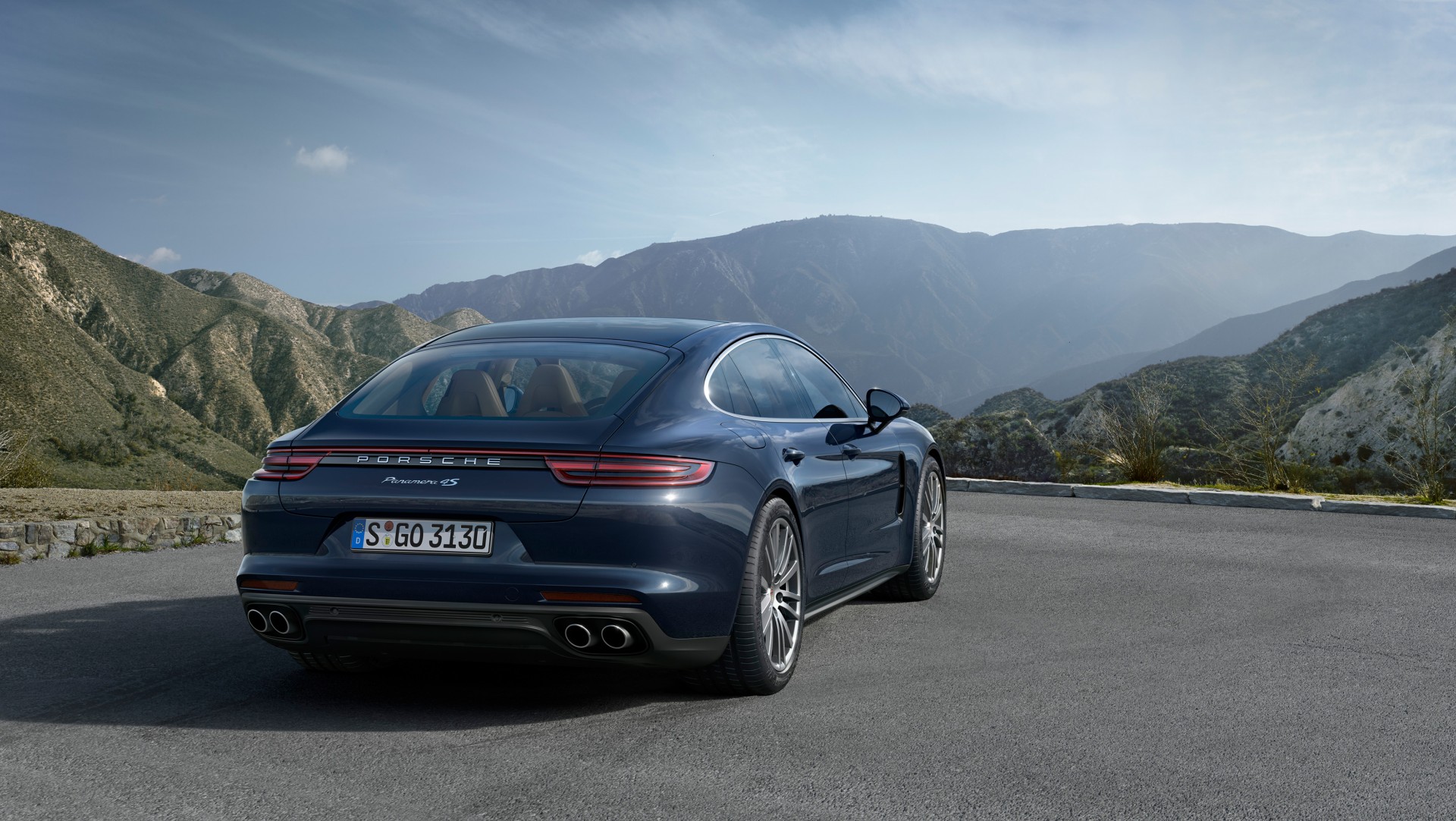
Another highlight of the 2016 Porsche Panamera is the night vision assistant, which uses a thermal imaging camera to detect people and large animals and displays a colour highlighted warning indicator in the cockpit. If buyers opt for the new LED matrix headlights with 84 image points, people beyond the driver’s visual range can also be illuminated briefly if the system detects them walking into the car’s path.
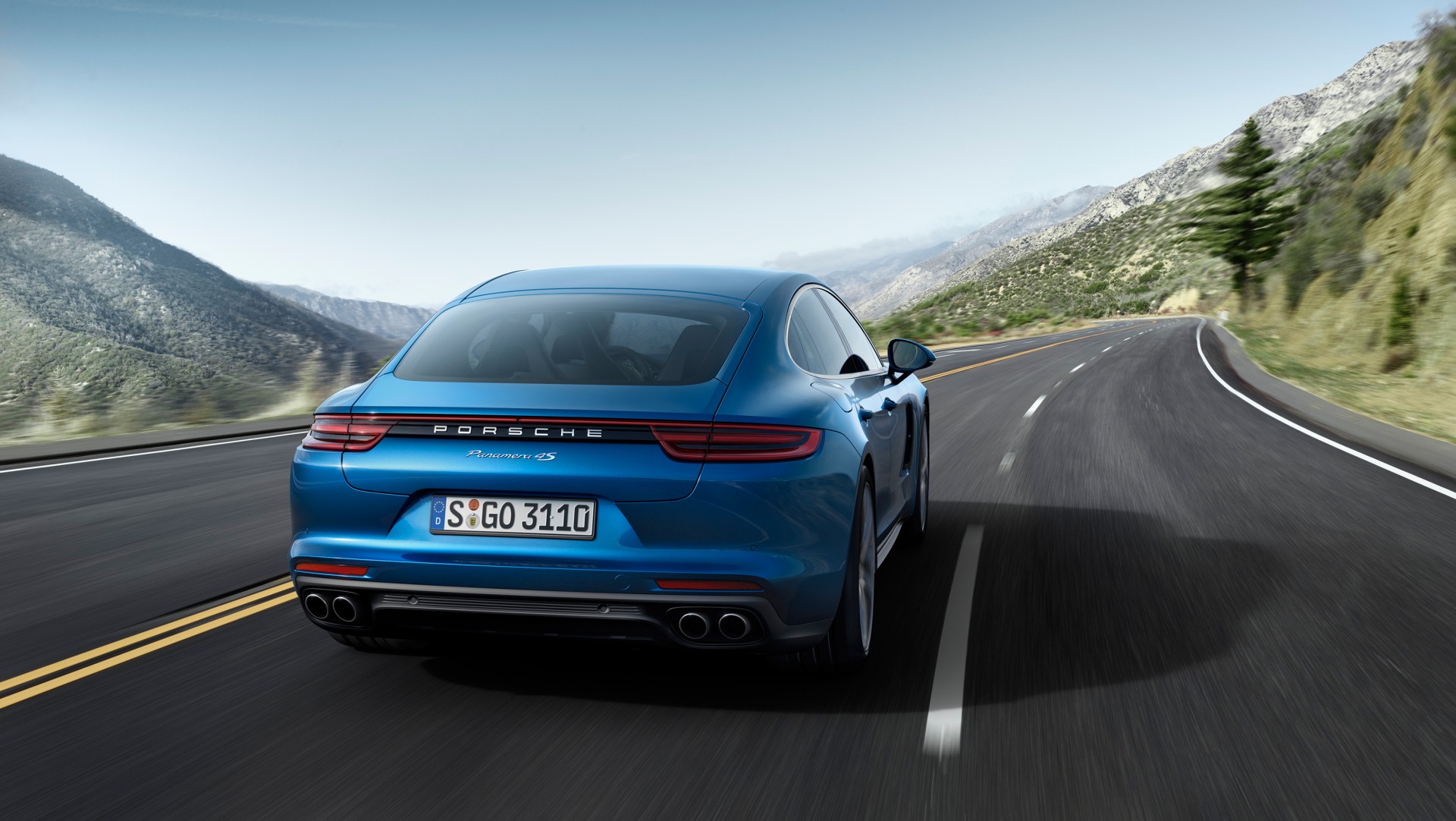
At launch, Porsche is offering three new biturbo direct injection engines in the Panamera Turbo, Panamera 4S and Panamera 4S Diesel. All models, including the diesel variant, can be optioned with a permanent all-wheel-drive system and a new eight-speed Porsche dual-clutch transmission (PDK). The Porsche Panamera Turbo is powered by a 4.0-litre biturbo V8 that outputs 550 hp at 5,750 rpm and 770 Nm between 1,960 and 4,500 rpm. The Panamera 4S, on the other hand, is powered by a 2.9-litre V6 biturbo engine that outputs 440 hp at 5,650 rpm and 550 Nm between 1,750 and 5,500 rpm. The sole diesel powered variant, the Panamera 4S Diesel, is powered by a 4.0-litre biturbo V8 that pushes out 422 hp at 3,500 rpm and a generous 850 Nm between 1,000 rpm to 3,250 rpm, making the Panamera 4S Diesel the most powerful diesel model in Porsche’s lineup.
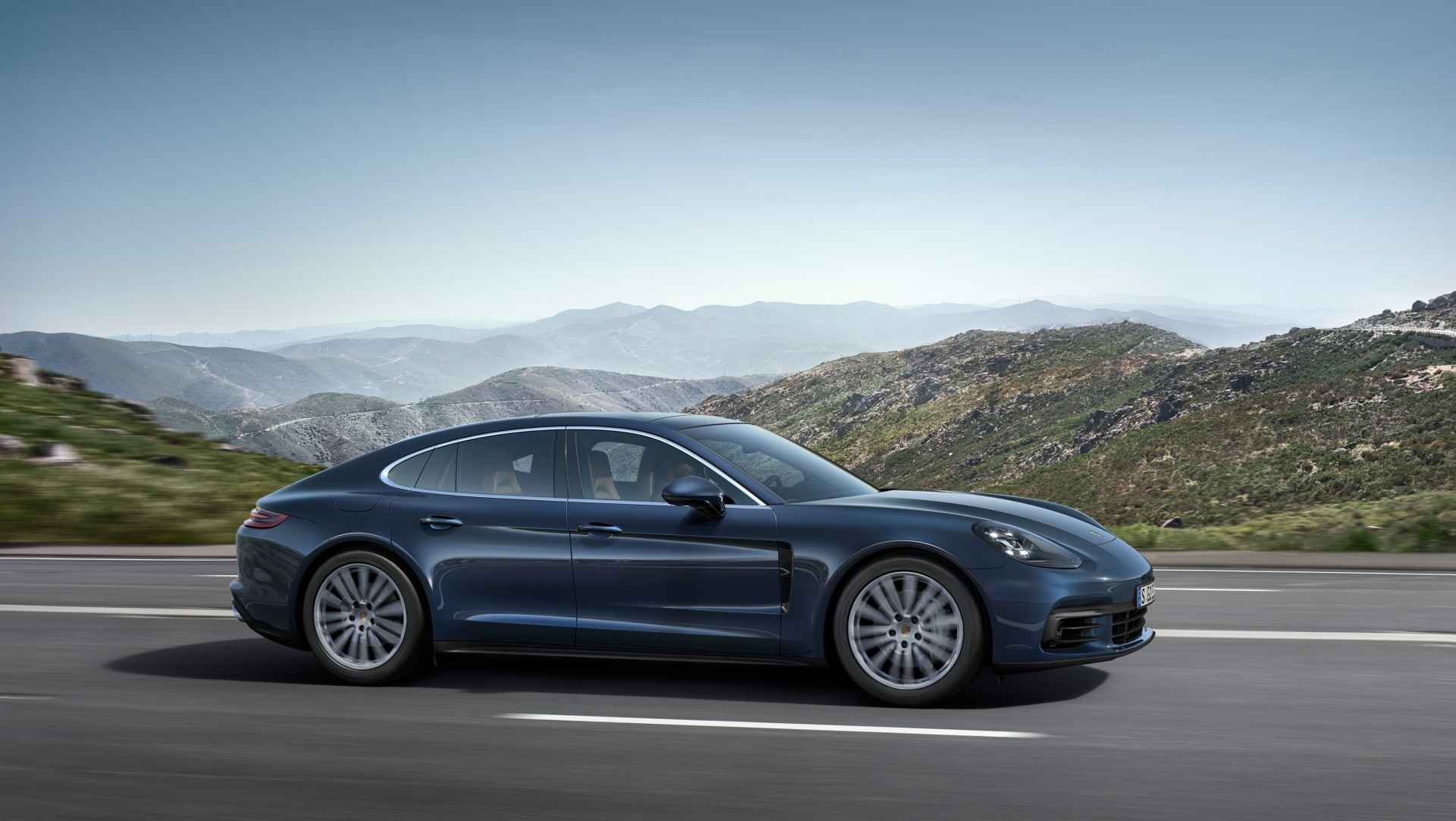
In terms of performance, the Porsche Panamera Turbo can hit 100 km/h from a deadstop in just 3.8 seconds, with the Sport Chrono Package the sprint time is just 3.6 seconds. Top speed of the Panamera Turbo is 306 km/h. The Porsche Panamera 4S, on the other hand, takes 4.4 seconds to complete the same sprint, 4.2 seconds if equipped with the Sport Chrono Package. The sole diesel variant manages the same century sprint in 4.5 seconds, 4.3 with the Sports Chrono Package.
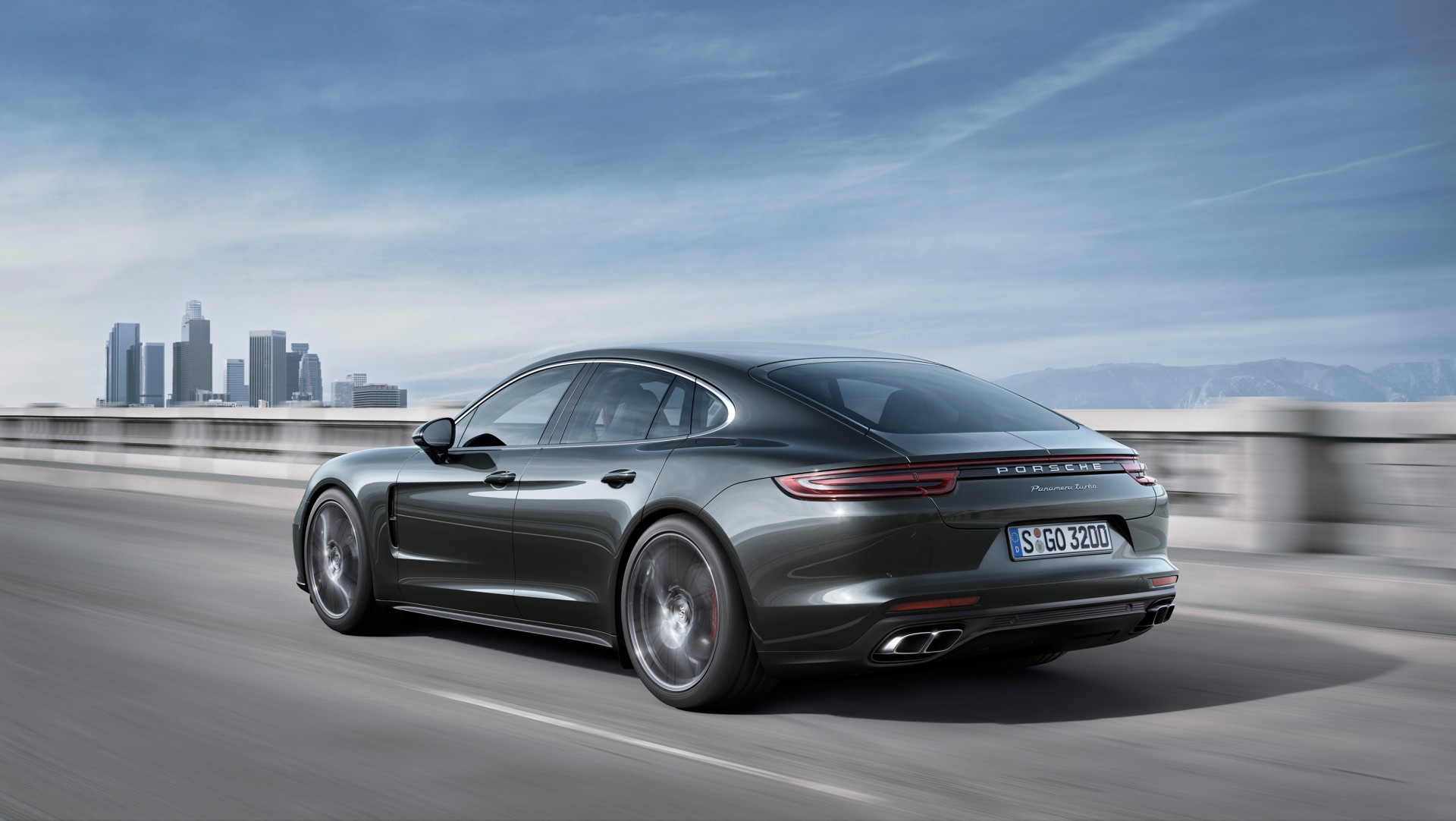
On the handling front, Porsche has equipped the Panamera with an adaptive air suspension with new three-chamber technology, including Porsche Active Suspension Management (PASM electronic damper control), the enhanced Porsche Dynamic Chassis Control Sport (PDCC Sport) system including Porsche Torque Vectoring Plus (PTV Plus) and active roll stabilisation, as well as a new electromechanical steering system. Furthermore, the built-in 4D Chassis Control system monitors and optimizes performance of the new Panamera. Rear axle steering is also available on the new Panamera.
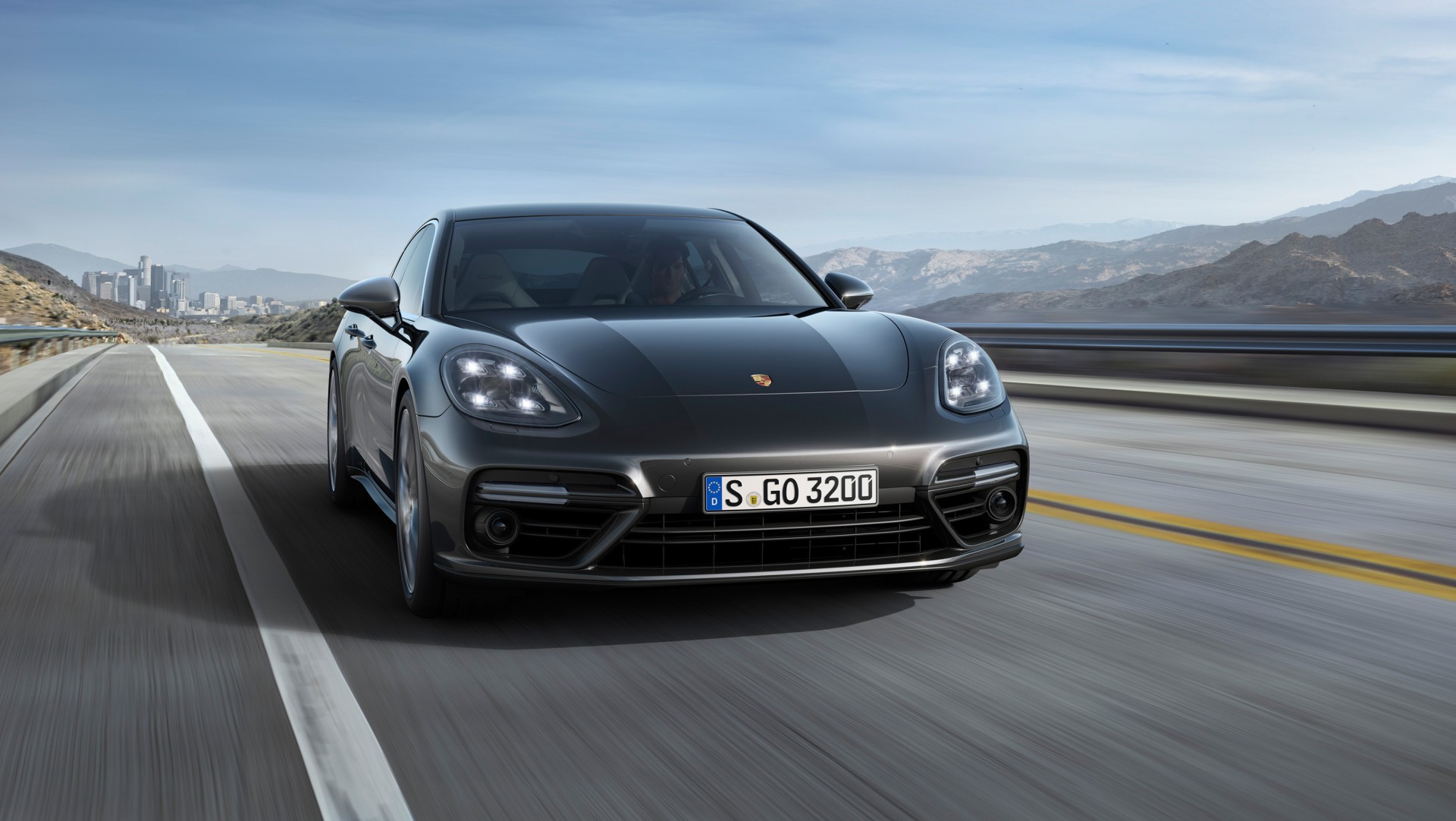
We did mention that Porsche has boldly claimed that the new 2016 Panamera to be the “fastest luxury sedan on Earth”, a claim that has been proven with the video clip below. The new 2016 Panamera is able to lap the demanding Nurburgring circuit in just 7:38, besting the Alfa Romeo Giulia QV’s time of 7:39!
Other posts by AF Newsdesk

